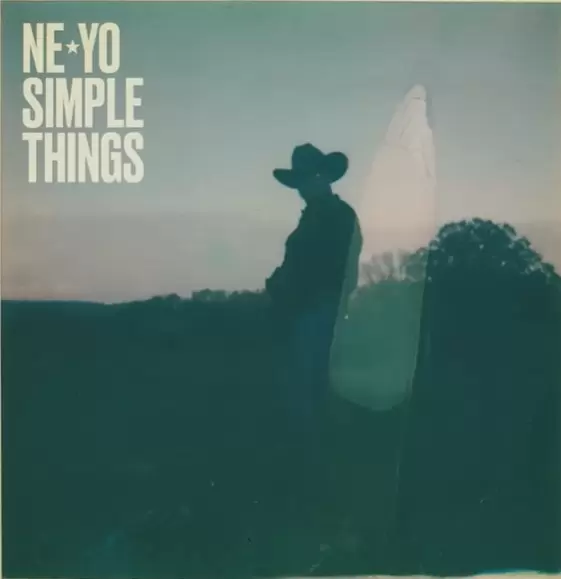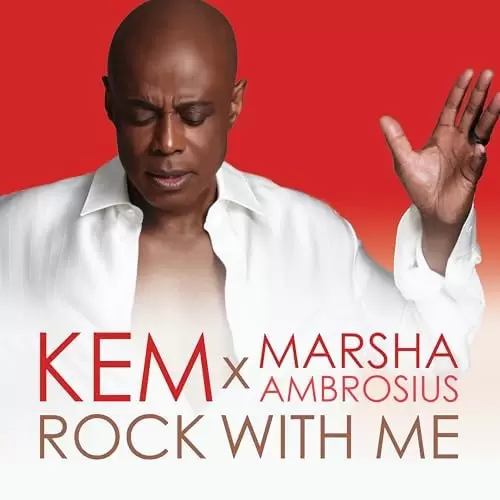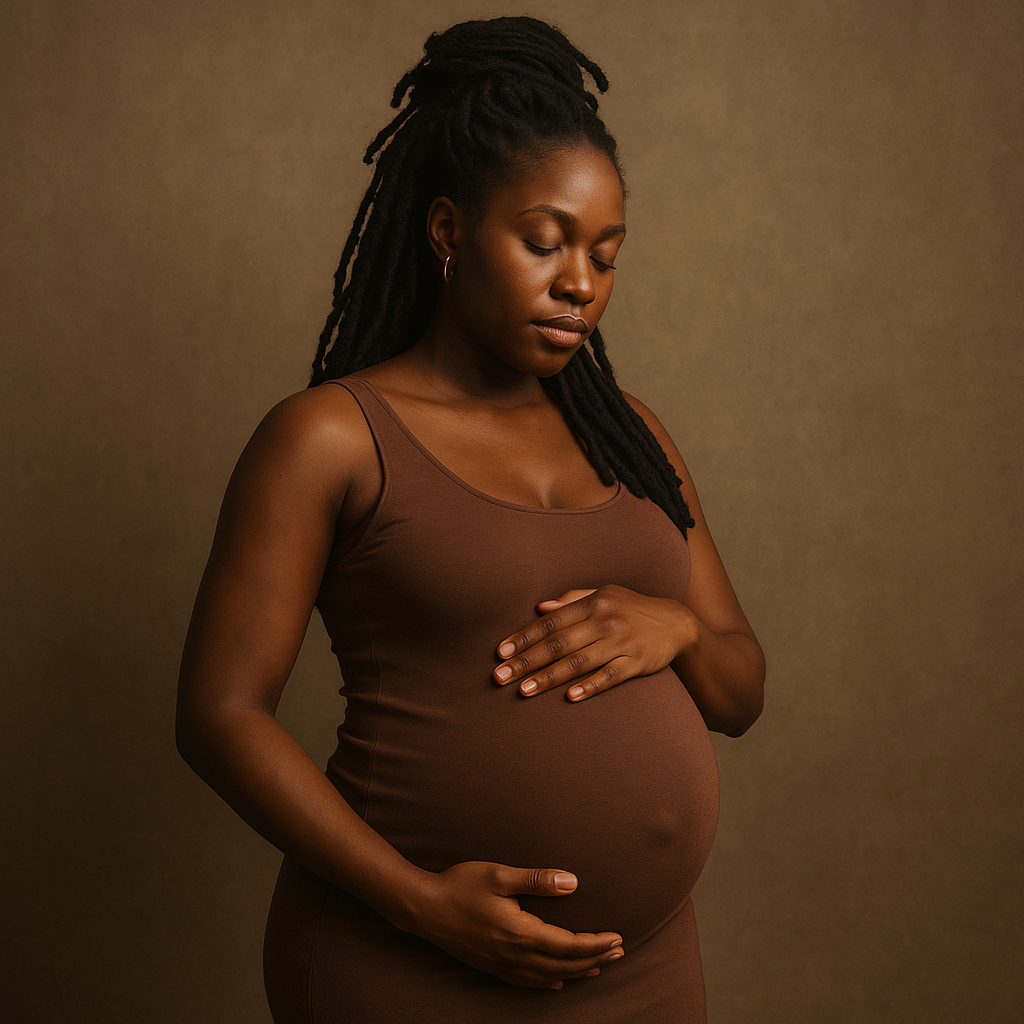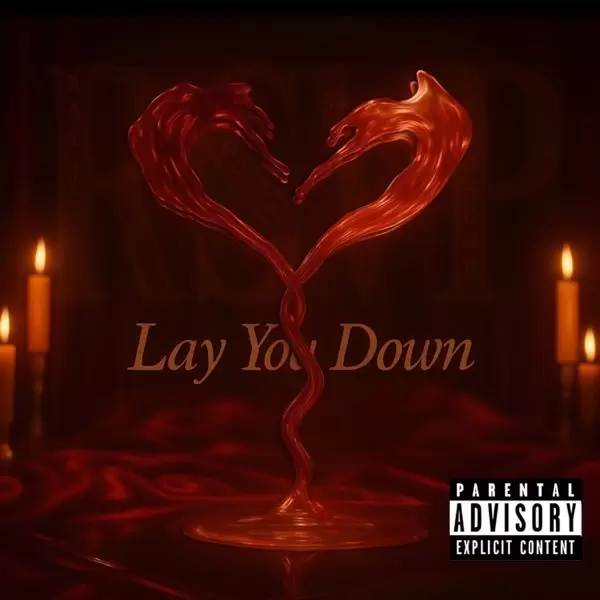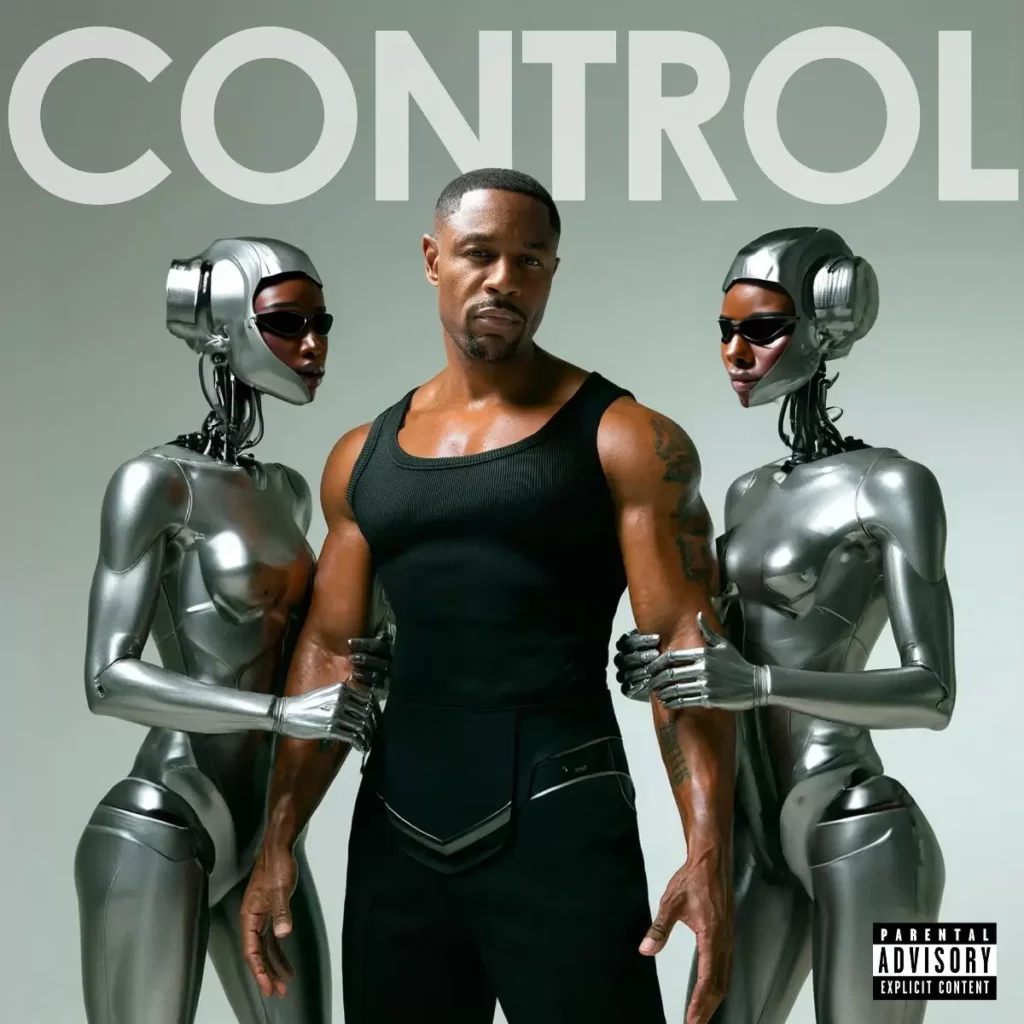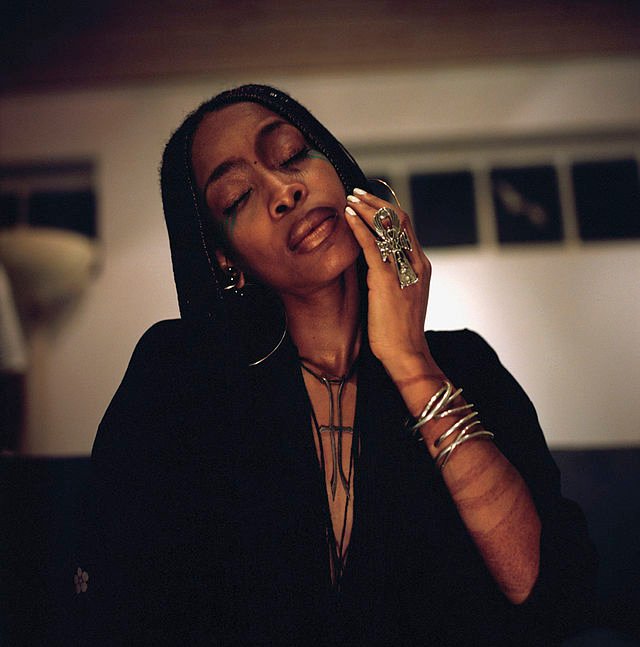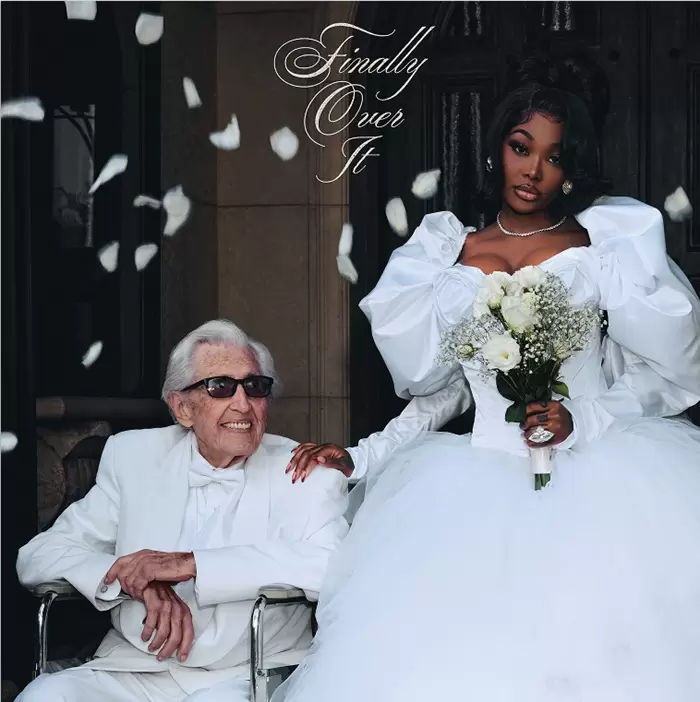B2K and Bow Wow Reunite for Massive “Boys 4 Life” Tour The wait is finally over. Celebrating their 25th anniversary, iconic R&B group B2K is officially reuniting for the “Boys 4 Life” Tour. Co-headlining the trek is Bow Wow, marking a full-circle moment more than 20 years after the two acts first shared the stage on the legendary Scream Tour II in 2002. Produced by the Black Promoters Collective (BPC), the 28-city tour kicks off on February 12 in Columbia, SC, and wraps up on April 19 in Hampton, VA. The tour follows B2K’s explosive surprise reunion at the 2025 BET Awards, which saw Omarion, Raz-B, J-Boog, and Lil Fizz back onstage together for the first time in years. “There was a certain level of authenticity that we all had. So in a way, we’re completing it,” Omarion said of the reunion. The Lineup This isn’t just a tour; it’s a 2000s nostalgia festival. Joining B2K and Bow Wow are: Jeremih Pretty Ricky (Special Guests) Amerie Waka Flocka Yung Joc Crime Mob Dem Franchize Boyz In a major announcement, both B2K and Bow Wow revealed they will release new albums this February via BPC Music Group to support the tour. “Boys 4 Life Tour” Dates: Thursday, February 12 Columbia, SC Colonial Life Arena Friday, February 13 Atlanta, GA State Farm Arena Saturday, February 14 Birmingham, AL Legacy Arena at BJCC Friday, February 20 Cincinnati, OH Heritage Bank Center Saturday, February 21 Memphis, TN FedExForum Sunday, February 22 St. Louis, MO Chaifetz Arena Thursday, March 5 Chicago, IL United Center Friday, March 6 Louisville, KY KFC Yum! Center Saturday, March 7 Charlotte, NC Spectrum Center Sunday, March 8 Washington D.C. Capital One Arena Thursday, March 12 Houston, TX Toyota Center Friday, March 13 New Orleans, LA Smoothie King Center Saturday, March 14 Fort Worth, Texas Dickies Arena Friday, March 20 Oakland, CA Oakland Arena Saturday, March 21 Las Vegas, NV Michelob ULTRA Arena Sunday, March 22 Los Angeles, CA Kia Forum Friday, March 27 Philadelphia, PA Liacouras Center Saturday, March 28 Brooklyn, NY Barclays Center Sunday, March 29 Baltimore, MD CFG Bank Arena Thursday, April 2 Milwaukee, WI Fiserv Forum Friday, April 3 Detroit, MI Little Caesars Arena Saturday, April 4 Pittsburgh, PA Petersen Events Center Sunday, April 5 Newark, NJ Prudential Center Saturday, April 11 Sunrise, FL Amerant Bank Arena Sunday, April 12 Tampa, FL Benchmark International Arena Friday, April 17 Cleveland, OH Wolstein Center Saturday, April 18 Greensboro, NC First Horizon Coliseum Sunday, April 19 Hampton, VA Hampton Coliseum The post B2K To Reunite in 2026 For “Boys 4 Life” Tour Co-Headlined by Bow Wow + Plan To Release New Album appeared first on New R&B Music, Songs & Interviews | YouKnowIGotSoul.com.

